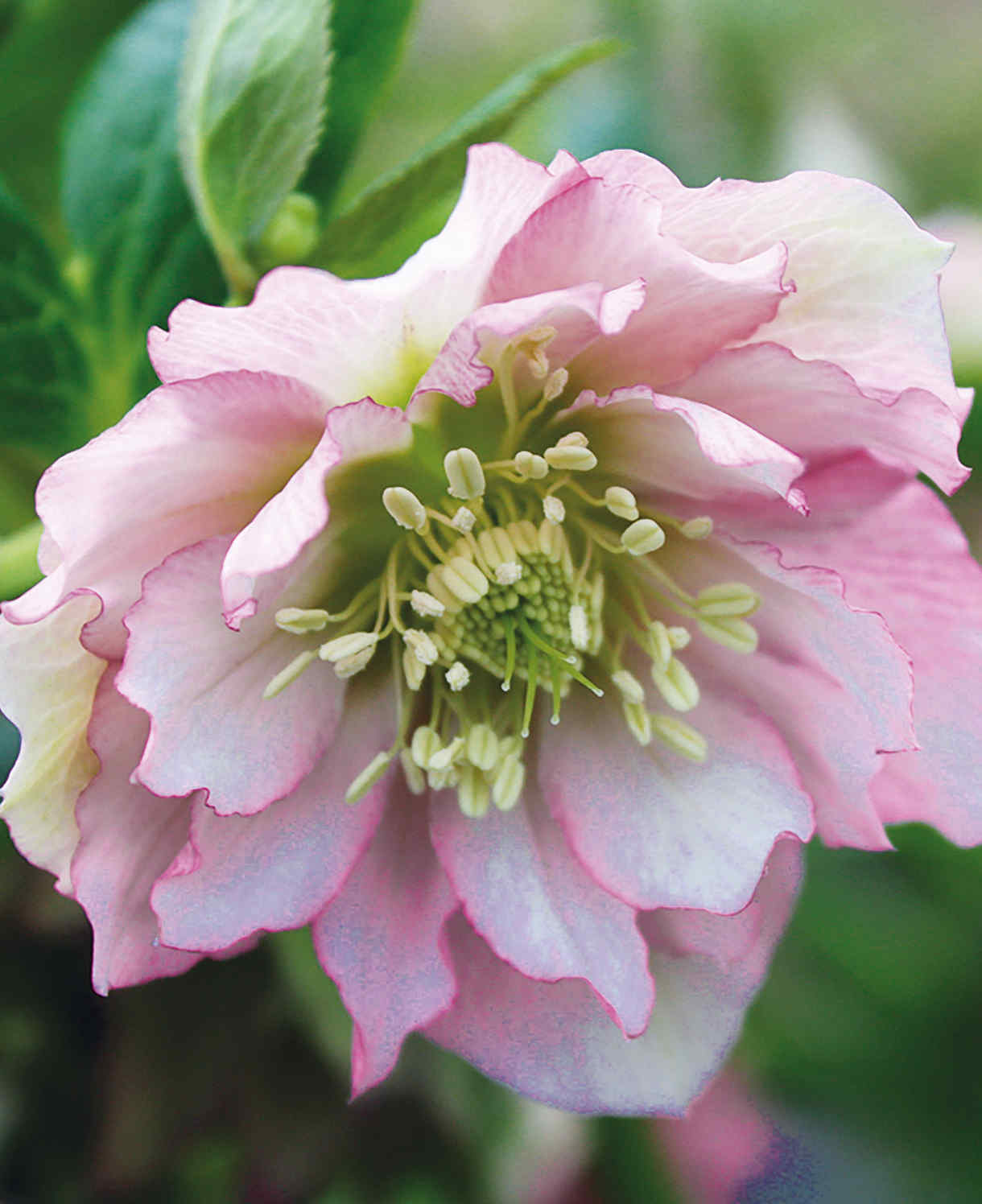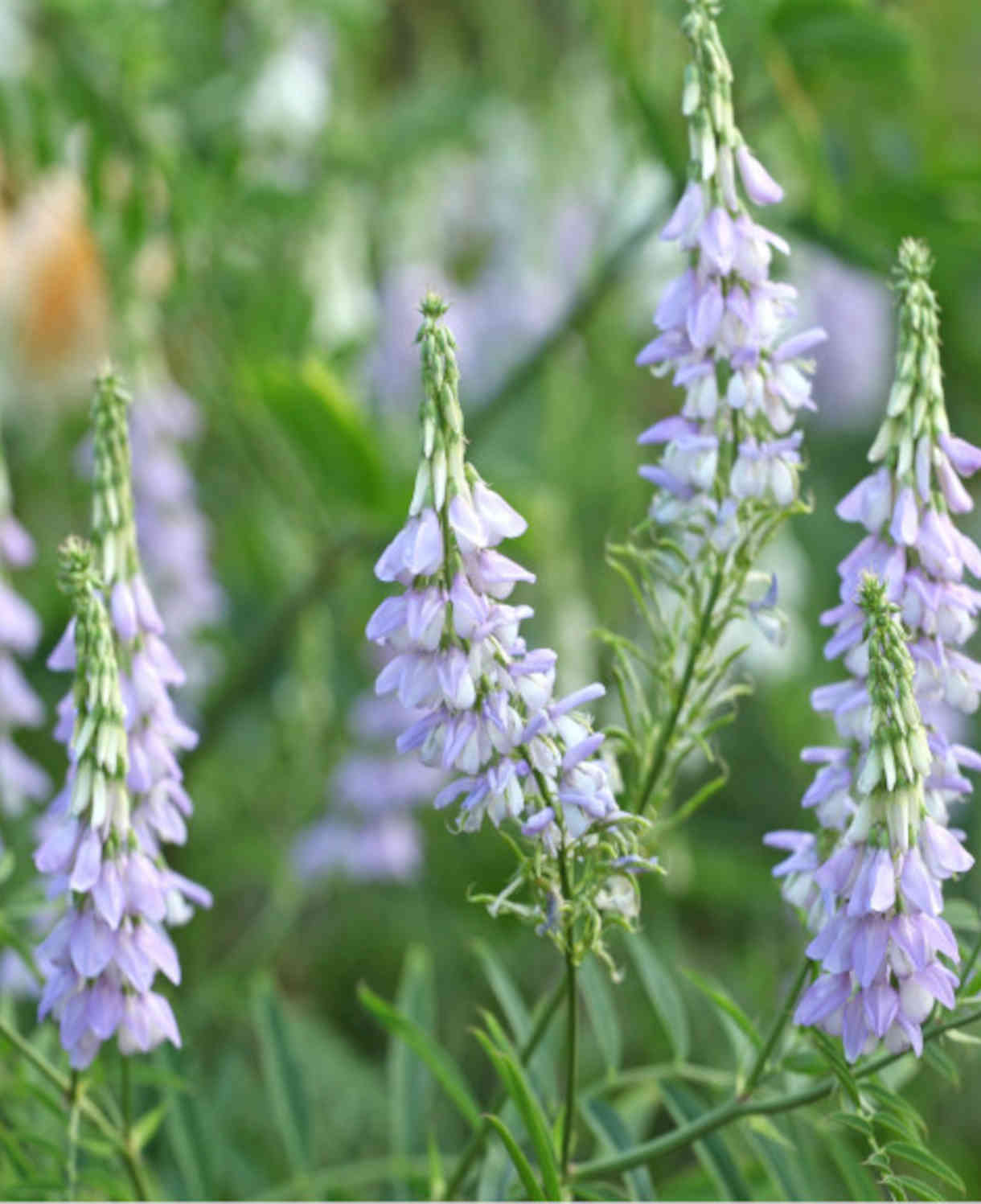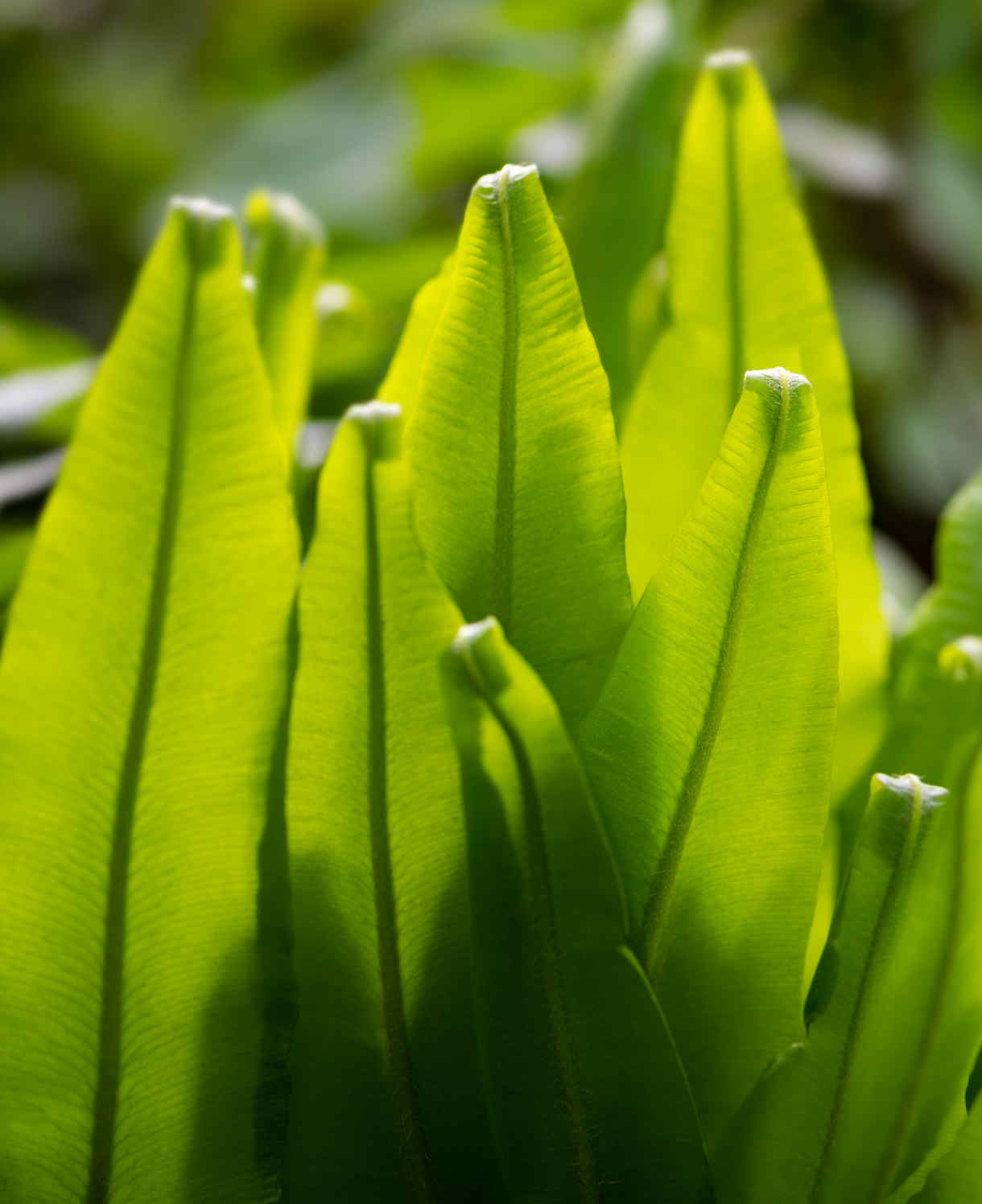How to grow Tellima
Tellima is one of the more interesting plant genera, as it only has one species within it - the Tellima grandiflora. As an herbaceous perennial, it is clump-forming and has rounded green foliage. It is more commonly known as Fringe Cups, due to its unique, bell-like blooms and distinctive five fringed petals.
Growing to 100cm in height and 50cm in spread, the tall stems of Tellima grandiflora come in vibrant greens, with white and cream flowers that turn pink with age. Tellima makes beautiful cut flowers and is a fully hardy perennial - making it easy to care for. The scent of Tellima tends to attract pollinators to the garden.
Flowering in the spring and summer months, Tellima is the perfect addition to a garden flower bed or border; it also works well underneath large shrubs and smaller trees.
Ready to add some fringe cups to your garden? Read on to find out more…

Key Information
Soil pH
Position

Hardiness


Where & when to plant Tellima
As Tellima is tolerant to most levels of sunlight and has a broad tolerance to different soils so you have a bit of choice when finding the perfect spot to plant. Tellima looks great in the middle of a border, where its leaves are semi-evergreen, and it is easy to take care of.
How to plant Tellima
Delivered as plug plants or in 9cm pots it is important to harden off your plants prior to planting out.
If they arrive early in the season you may need to pot them up and grow them on. Once the ‘true leaves’ (second set of leaves) have emerged, and they have been acclimatised to outdoors you will be ready to plant them out.
Dig a hole in well-draining soil and plant. Backfill with compost and keep the soil moist until your young plant is established.

What to plant with Tellima
Due to its natural good tolerance and unfussy nature, Tellima works well with a host of neighbouring plants. You are likely to see flowers between spring and summer and leaves present between spring and autumn, giving your border a tall flash of green. Hellebores such as Helleborus x hybridus are a great with Tellima to create a mixed flower bed. Try Helleborus Ice ‘n’ Roses for crisp whites, Helleborus x hybiridus Golden Lotus for luscious yellows and Helleborus Single Red Eye for a flash of deep red.



How to care for Tellima
Pruning & Deadheading
You will only need to deadhead your Tellima once the flowering season is over. At this point, remove any faded flowers. Tellima self-seeds, so if you want to prevent this you will need to remove the seedheads prior to them scattering. If self-seeding has occurred previously, you can always lift and divide some of the plants in the spring if the area is too cramped.
Watering
Tellima enjoys cool, moist soil, so make sure to strike a balance between frequent watering and waterlogging the plant. You will need to plant Tellima in a spot that has well-draining soil to prevent waterlogging.
Cold Protection
Generally, Tellima is fine in colder conditions. Although you may wish to add mulch to aid healthy growth. Tellima will, however, need protection from cold, drying winds.
Pests & Diseases
There are no known diseases that you need to worry about with Tellima. The main pest for Tellima is garden slugs, which tend to nip at the leaves. Look out for silver trails and irregularly shaped holes in the leaves as a sign of this!
How to propagate Tellima
There are two ways to propagate Tellima: by seed; or by division. To propagate by seed, simply pick up the seeds that have spread from the plant and sow trays of compost. To propagate by division, gently remove a section from the parent plant including the roots with a sharp knife - this should be done once the flowering season has finished
Once the healthy section has been removed, add this to a pot with cuttings compost - you may wish to add slow-release fertiliser to it. Make sure to replant the parent plant as soon as possible
Bring the pot indoors but away from any areas of humidity. You want the divisions to establish themselves in a controlled and dry environment for the best results. Water regularly and mist foliage to encourage healthy growth
The next spring, pot each of your divisions individually if they have established their own roots. Continue growing and re-potting as needed, and they can be planted out in the following spring.
Common Tellima Questions
Where should I plant a Tellima?
Tellimas can be planted in full sun, partial sun, partial shade or full shade. The best place for them is in borders or flower beds where they are protected from the wind. Position them in the middle of a border for the best results.
How do you propagate a Tellima?
The best way to propagate a Tellima is by seeds. You can, however, propagate by division once you have an established plant.
Does Tellima grandiflora self-seed?
Yes. Tellima grandiflora self-seeds and can grow and colonise quickly! To prevent self-seeding, cut back the stems once the flowering period has finished.





